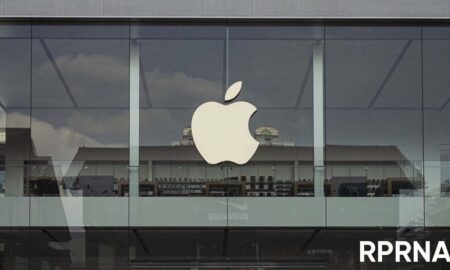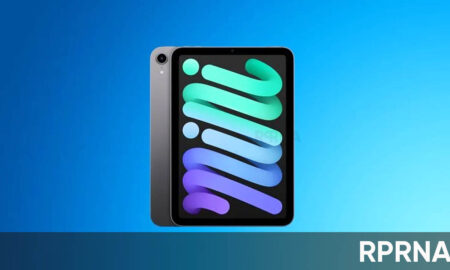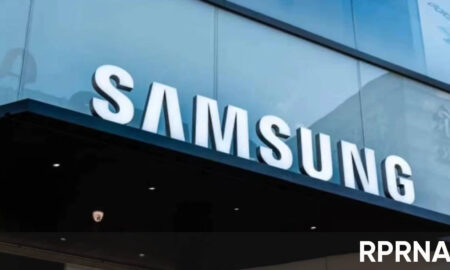Search results for "OLED"
-

 445News
445NewsiPhone 17 Air: A new OLED display?
Apple might be getting a new screen for its next iPhone. A Taiwanese company called Novatek is making a new kind of...
-

 420News
420NewsApple set to abandon Japanese display suppliers as iPhone SE shifts to OLED technology
Top 3 Key Points: Switch to OLED: Apple plans to upgrade the iPhone SE to an OLED display, phasing out LCD screens....
-

 443News
443NewsiPhone SE 4: Apple’s final shift to OLED displays
Top 3 Key Points: Complete OLED Transition: Apple will launch the iPhone SE 4 with an OLED display, finalizing its move from...
-

 1.2KNews
1.2KNewsSamsung may soon begin mass production of iPhone 16 OLED with slim bezels
Key Points Samsung is expected to begin the production of iPhone 16 OLED panels in the first half of 2024. The volume...
-

 611Phones
611PhonesSamsung plans to use Inkjet Printing for OLED panel bezels of next foldable
Following the launch of the Galaxy S24 Series, Samsung has now shifted its focus toward the launch of its next high-end devices...
-

 734News
734NewsSamsung Display plans to begin production of Apple iPad OLED this week
LG Display has already begun production of a type of TFT for the 13-inch iPad OLED. Whereas, Samsung is also planning to...
-

 997News
997NewsApple to use LCD panel instead of OLED in 2024 iPad Pro
Apple’s iPad Pro series has long been a symbol of innovation and cutting-edge technology in the tablet market. However, recent reports have...
-

 681Phones
681PhonesSamsung to bless future Galaxy wearables with robust MicroLED panel
Samsung Electronics, the renowned tech giant, is planning to revolutionize the future of Galaxy wearables with its cutting-edge MicroLED panel technology. It...
-

 506News
506NewsSamsung likely to initiate Gen 8 OLED panels production in 2026
Apart from the One UI 6.0 development, Samsung is working on Gen 8 OLED panels, which are likely to come into the...
-

 926News
926NewsApple plans to bring iPad mini and iPad Air with OLED display
Apple, one of the leading technology companies in the world, has exciting plans in store for its popular iPad lineup. In a...
